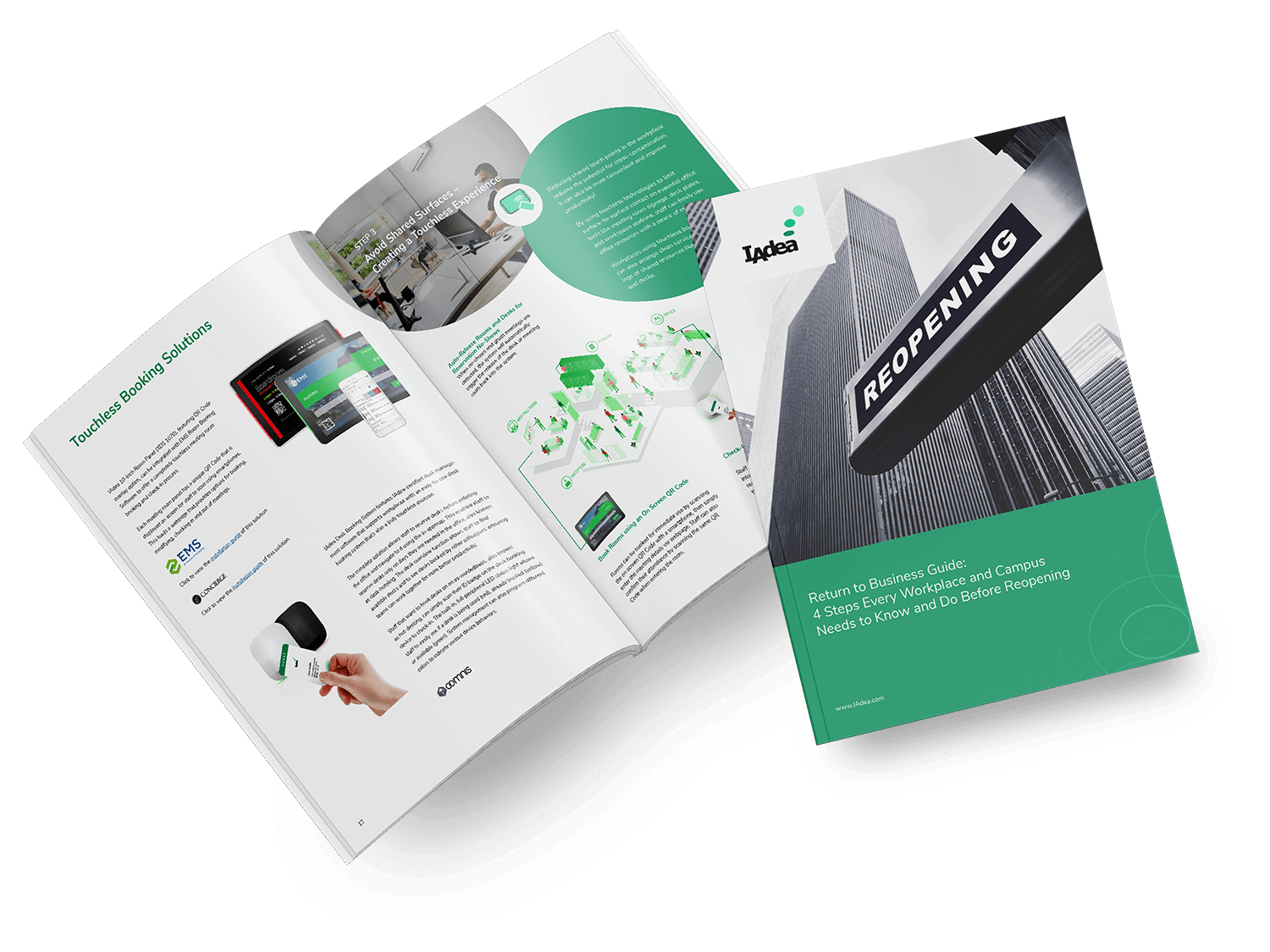The Trump Administration's Influence On Europe's AI Regulatory Landscape

Table of Contents
Trade Disputes and the Acceleration of EU AI Regulation
The Trump administration's aggressive trade policies significantly impacted the EU's push for technological independence, accelerating the development of its AI regulatory framework.
Impact of Tariffs and Trade Wars
Trade tensions, epitomized by tariffs imposed on various goods and services, created an environment of uncertainty and highlighted the EU's dependence on non-European technologies. This spurred a desire for greater self-reliance, particularly in strategically important sectors such as AI.
- Examples of specific trade disputes: Steel and aluminum tariffs, disputes over Airbus and Boeing subsidies.
- Increased investment in EU tech initiatives as a response: Significant funding increases for Horizon Europe, the EU's research and innovation program, with a strong focus on AI development.
The strategic reasoning behind the EU's push for AI self-reliance was multifaceted. It aimed to reduce dependence on potentially unreliable foreign suppliers, enhance national security, and foster the growth of a competitive European AI industry.
Data Privacy Concerns and the GDPR's Influence
The contrasting approaches to data privacy between the US and the EU, particularly during the Trump era, further solidified the EU's commitment to data protection and its implications for AI. The General Data Protection Regulation (GDPR), already in effect, became a cornerstone of the EU's AI strategy.
- GDPR's key features: Consent, data minimization, data portability, the right to be forgotten.
- Comparisons with US data privacy laws: The GDPR's stricter requirements contrasted sharply with the more fragmented and less stringent US approach.
- Impact on AI data usage regulations in Europe: The GDPR necessitated robust data governance mechanisms for AI systems, emphasizing transparency, accountability, and user control.
This stricter data protection regime has the potential to create a significant barrier to entry for US AI companies in the EU market, unless they adapt fully to GDPR compliance.
The Rise of "Tech Sovereignty" and its Impact on AI Policy
The Trump administration's foreign policy, marked by a retreat from multilateralism and a focus on "America First," inadvertently contributed to the EU's embrace of "tech sovereignty."
Shifting Geopolitical Landscape
The withdrawal from international agreements, the questioning of alliances, and the emphasis on unilateral actions fueled a sense of vulnerability within the EU, prompting a stronger focus on securing its own technological capabilities.
- Examples of Trump administration actions that fueled this trend: Withdrawal from the Paris Agreement, the Iran nuclear deal, and the World Health Organization.
- How "tech sovereignty" influences AI regulations: The pursuit of tech sovereignty directly impacts the design and implementation of AI regulations in Europe, prioritizing the development and control of AI technologies within the EU's borders.
This approach prioritizes European values and standards in AI development and deployment.
Investment in European AI Research and Development
The perceived threat of US technological dominance under the Trump administration acted as a catalyst, prompting increased EU investment in AI research and development.
- Examples of EU funding programs: Horizon Europe, the Digital Europe program.
- How increased investment shapes the focus of AI research: This funding shapes the priorities of AI research in Europe, potentially leading to a focus on areas such as ethical AI and trustworthy AI systems, differing from the US emphasis on commercial applications.
This increased investment has a direct bearing on the regulatory environment, shaping the types of AI solutions developed and influencing subsequent regulations.
The Absence of Harmonized AI Standards and its Consequences
The lack of collaborative efforts on AI standardization between the US and the EU during the Trump era further contributed to the EU's unique approach.
Lack of US Cooperation
The absence of a concerted effort on harmonizing AI standards limited the potential for a shared regulatory framework, leading to divergence.
- Examples of missed opportunities for collaboration: Limited participation in international AI standard-setting bodies.
- Differences in approach towards AI regulation: The US's more laissez-faire approach contrasted with the EU's emphasis on regulation and ethical guidelines.
This lack of harmonization poses challenges for interoperability and cross-border data flows.
The EU's Approach to AI Ethics and Governance
The perceived lack of ethical guidelines in the US approach to AI fueled the EU's commitment to prioritizing ethical considerations in its AI regulatory framework.
- Key ethical principles embedded in EU AI legislation: Human oversight, transparency, accountability, fairness, non-discrimination.
- Examples of regulations aimed at addressing AI bias and fairness: The AI Act's risk-based approach and focus on high-risk AI systems.
This focus on ethics and governance distinguishes the EU's approach from the US, highlighting a fundamental difference in philosophy.
Conclusion
The Trump administration's policies, both through direct action and inaction, indirectly shaped the EU's regulatory landscape for AI. The emphasis on trade disputes, the rise of "tech sovereignty," and the absence of collaborative efforts on AI standardization all contributed to the EU's pursuit of a more cautious, ethically-driven approach. Key takeaways include the prioritization of data privacy under GDPR, the substantial investment in European AI research and development leading to a more ethically-focused approach, and the development of a unique regulatory framework that differs significantly from that of the US. Further research and discussion on the ongoing evolution of AI regulation in Europe and its relationship with global geopolitical dynamics, exploring Trump's legacy on European AI policy and the future of AI regulation in the EU post-Trump era, are crucial for understanding the complex interplay between geopolitics and technological development.

Featured Posts
-
 Identifying And Understanding The Countrys Thriving Business Locations
Apr 26, 2025
Identifying And Understanding The Countrys Thriving Business Locations
Apr 26, 2025 -
 The Improbable Journey Of Ahmed Hassanein An Nfl Draft Hopeful
Apr 26, 2025
The Improbable Journey Of Ahmed Hassanein An Nfl Draft Hopeful
Apr 26, 2025 -
 Should You Return To A Company That Laid You Off A Practical Guide
Apr 26, 2025
Should You Return To A Company That Laid You Off A Practical Guide
Apr 26, 2025 -
 Mississippi Deltas Immense Scale A Cinematographers Perspective In Sinners
Apr 26, 2025
Mississippi Deltas Immense Scale A Cinematographers Perspective In Sinners
Apr 26, 2025 -
 Navigating The Chinese Market The Case Of Bmw And Porsche
Apr 26, 2025
Navigating The Chinese Market The Case Of Bmw And Porsche
Apr 26, 2025
